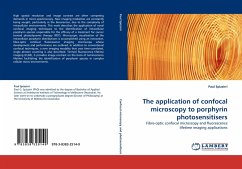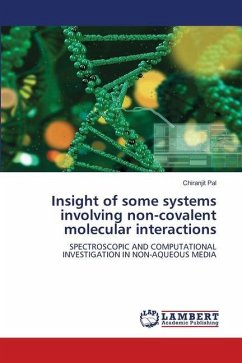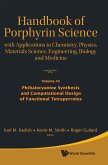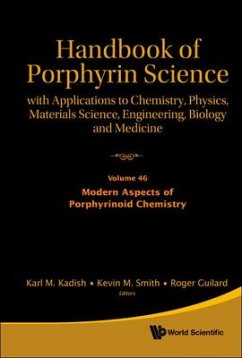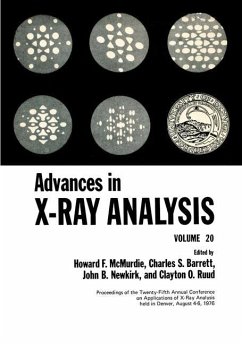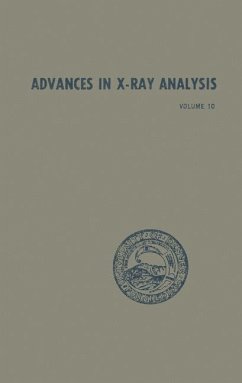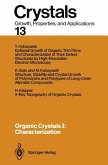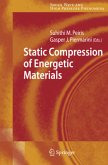High spatial resolution and image contrast are often competing demands in micro-spectroscopy. New imaging modalities are constantly being sought, particularly in the biosciences, due to the complexity of intracellular environments. This work describes the application of novel confocal imaging techniques to the identification of intracellular porphyrin species responsible for the efficacy of a treatment for cancer termed photodynamic therapy (PDT). Microscopic visualisation of the intracellular porphyrin distributions is accomplished using an innovative, fibre-optic confocal fluorescence imaging microscope whose development and performance are outlined. In addition to conventional confocal techniques, a new imaging modality that uses time-correlated, single photon counting is also described. Termed fluorescence lifetime imaging (FLIM), it provides image contrast on the basis of luminescence lifetime facilitating the identification of porphyrin species in complex cellular micro-environments.
Bitte wählen Sie Ihr Anliegen aus.
Rechnungen
Retourenschein anfordern
Bestellstatus
Storno

